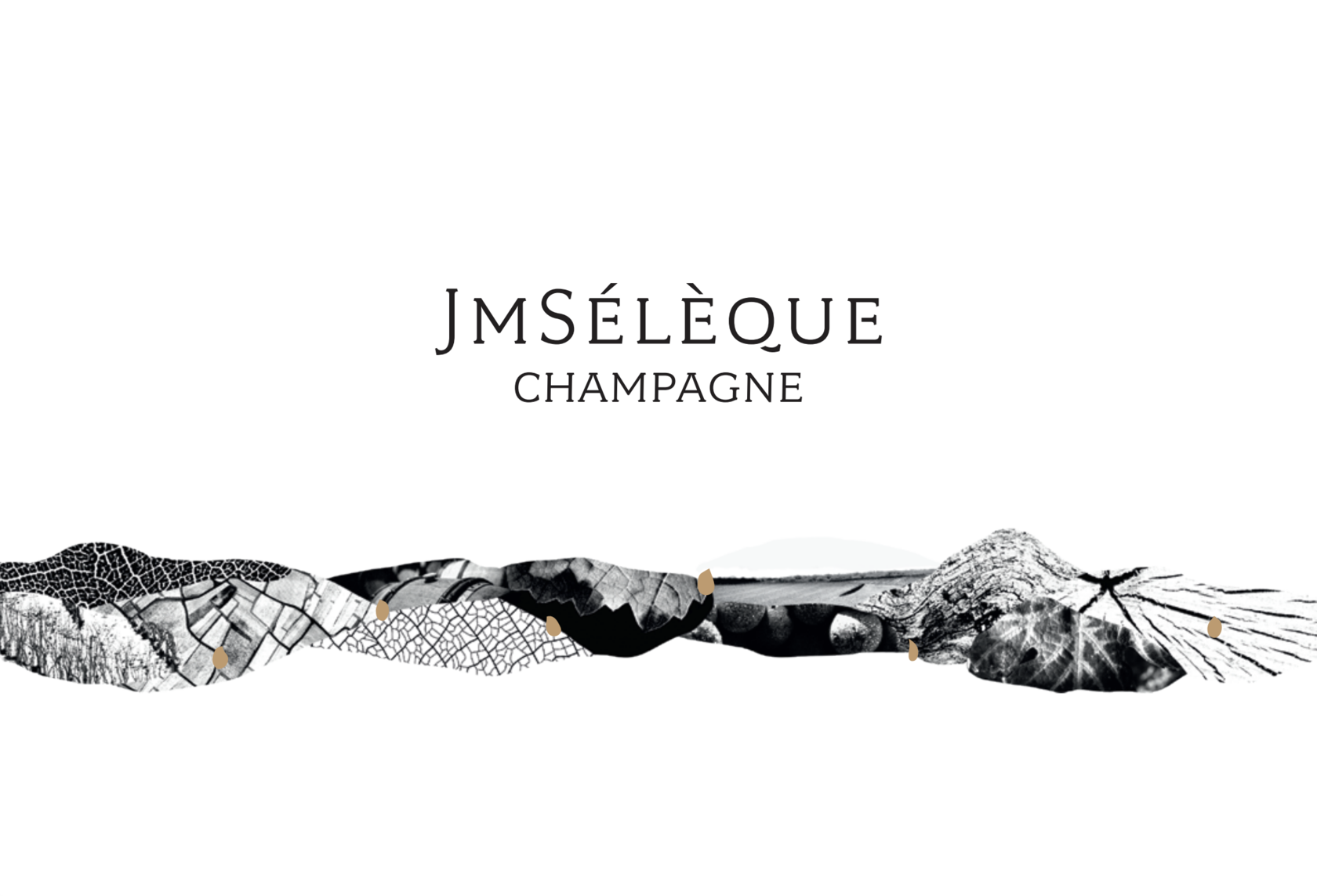Leave your phone number and we will contact you!
Or you can call us yourself:
+380 67 502 9921

History of JM Seleque
.
Pure collector, sale up to 1 bottle per customer.
-
Champagne region
Located between the Marne Valley and the Côtes de Blancs, in the Côtes-d'Epernay
-
Cultivated grape varieties
Pinot Noir | Pinot Noir | Meunier
Uses the rare Petit Meslier variety for Coteaux Champenois Epernay Blanc
-
Viticulture
Viticulture is mostly organic, with biodynamic experiments on some vineyards.
Private club Cuvee
THE YEAR OF THE FIRST VINEYARDS
1965
THE YEAR OF THE FIRST VINEYARDS
1965Henri Sélèque , originally from Poland, came to France in 1925 and owned a farm in Pierre for many years. However, his son Richard was drawn to the wine industry, so he planted the first vineyards in Pierre and Moussy in 1965, and the first collection under his own name appeared in 1970. Since then, the management of the winery has brought the level of champagne to a whole new level of quality. And in 2015, he and his wife opened a new building at the winery.
THE YEAR OF THE FIRST VINEYARDS
1965
1965
Henri Sélèque , originally from Poland, came to France in 1925 and owned a farm in Pierre for many years. However, his son Richard was drawn to the wine industry, so he planted the first vineyards in Pierre and Moussy in 1965, and the first collection under his own name appeared in 1970. Since then, the management of the winery has brought the level of champagne to a whole new level of quality. And in 2015, he and his wife opened a new building at the winery.









Pieri is a Premier Cru region in the Marne Valley, or rather a sub-region of the Marne "Cote-Sud" in Epernay. The estate has 9 hectares of vineyards in 7 villages spread over 45 plots. The distribution of grape varieties is 50% Chardonnay, 40% Meunier and 10% Pinot Noir. The average age of grapes is 40 years.
Viticulture is mostly organic, with biodynamic experiments in some vineyards.
70 percent of the production is aged in steel, the rest - in wooden barrels and used 300-liter barrels. Recently, they have also experimented with concrete egg fermenters and amphoras.
70 percent of the production is aged in steel, the rest - in wooden barrels and used 300-liter barrels. Recently, they have also experimented with concrete egg fermenters and amphoras.
